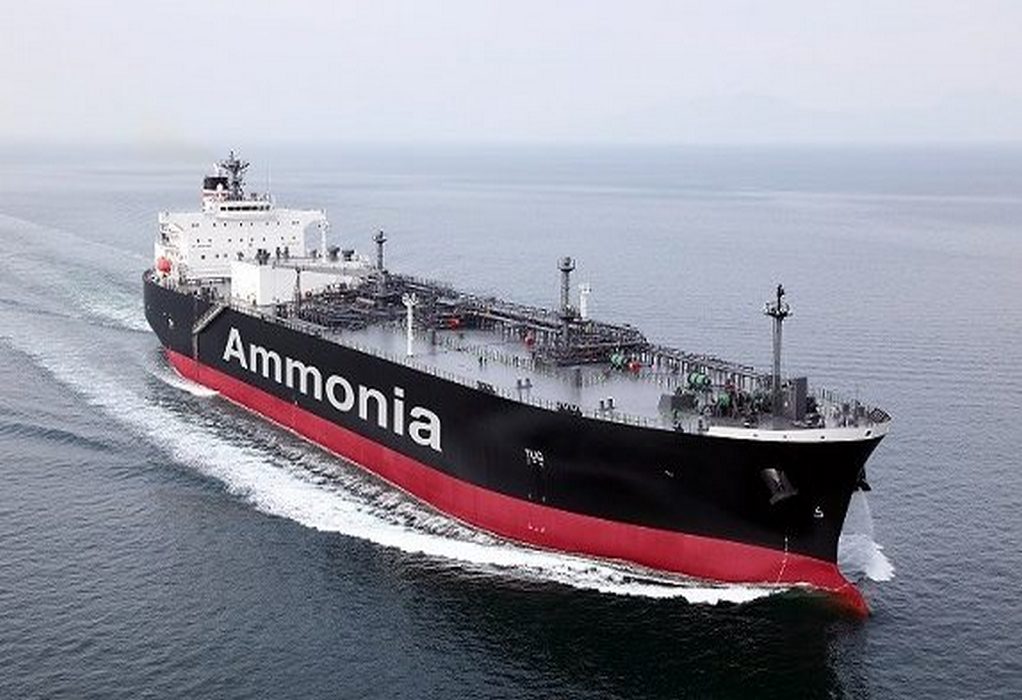A new study released by the international not-for-profit organisation Global Maritime Forum has identified possible pathways to commercialise a first-of-its-kind ammonia-powered gas carrier as early as 2026.
As part of the Nordic Green Ammonia Powered Ship (NoGAPS) project, which is co-funded by Nordic Innovation and brings together Yara International, BW Epic Kosan, MAN Energy Solutions, Wärtsilä, DNV, Maersk Mc-Kinney Møller Center for Zero Carbon Shipping, and the Global Maritime Forum, the study laid out an “ambitious but feasible” set of actions that companies and policymakers could take to make a handy-sized gas carrier cost-competitive before 2030 with the right combination of ship finance, appropriate chartering agreements, and public sector de-risking measures.
Ammonia-powered gas carriers are seen as 50% to 130% more expensive to own and operate than their conventionally fuelled counterparts, which creates significant commercial risks for both shipowners and lenders.
The study, focused on the DNV-approved 22,000 cu m NoGAPS vessel, is the second stage of the project, which during the initial phase between 2020 and 2021 developed a holistic proof of concept covering ship design and safety, the supply of clean ammonia, and commercial viability.
Tags: gas carrier, GMF, Green Ammonia, Shipping



Recent Posts
Scandlines Nears Delivery of Zero Emissions Ferry Following Successful Sea Trials
India faces emission roadblocks with rising net-zero demands
Green Energy Resources invests in two electric Liebherr LHM 550
NYK Launches Continuous Use of Bio LNG Fuel on Car Carriers to Advance Decarbonization Goals
Yang Ming Expands Fleet with Methanol and LNG Dual-Fuel Vessels Under Fleet Optimization Plan
ClassNK Advocates Speed Gap Monitoring to Optimize Fuel Efficiency in Heavy Weather
Wärtsilä’s retrofit package for the Corsica Linea ferry Pascal Paoli has resulted in fuel savings of up to 22 percent Corsica Linea
COSCO Shipping Names Second Methanol Dual-Fuel Containership in Yangzhou